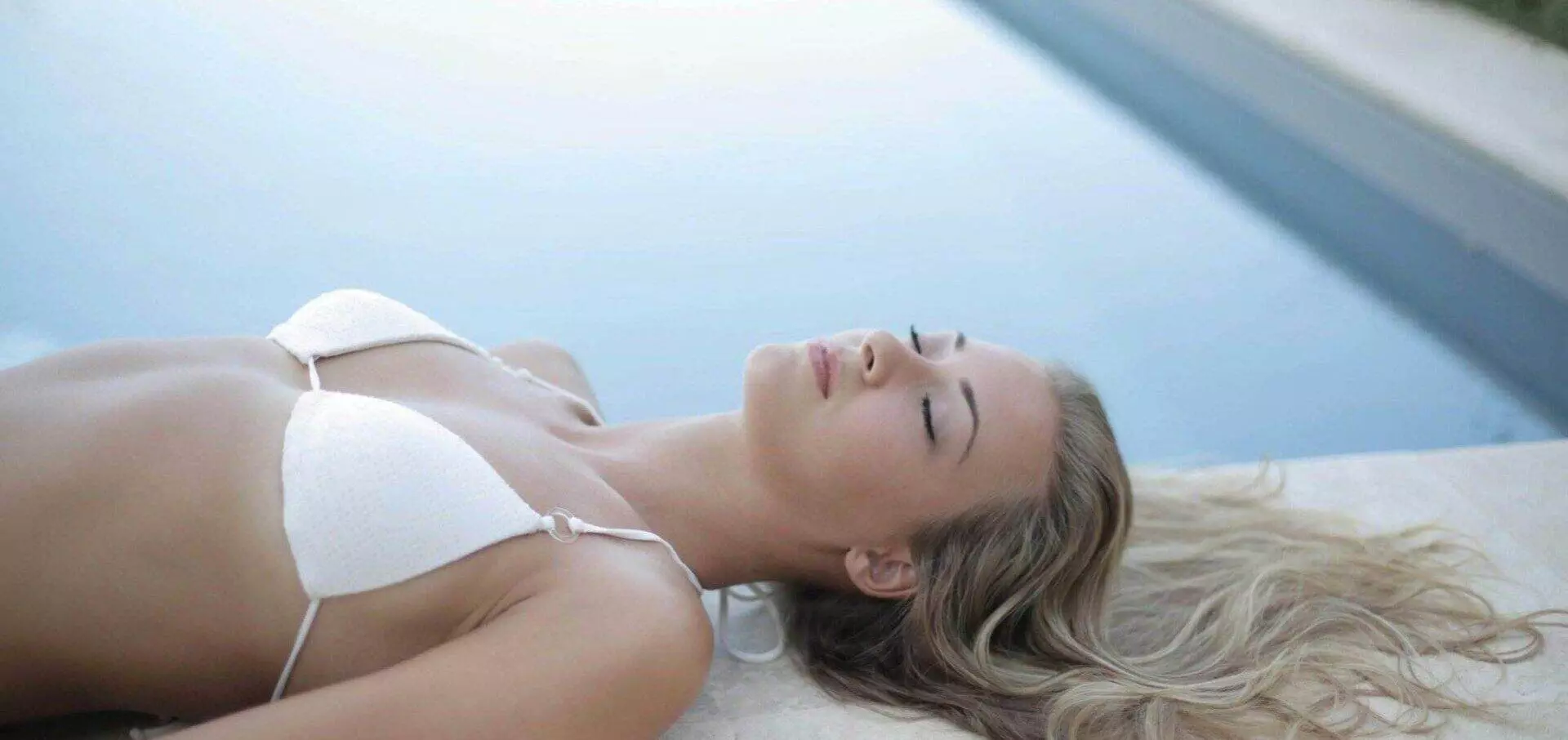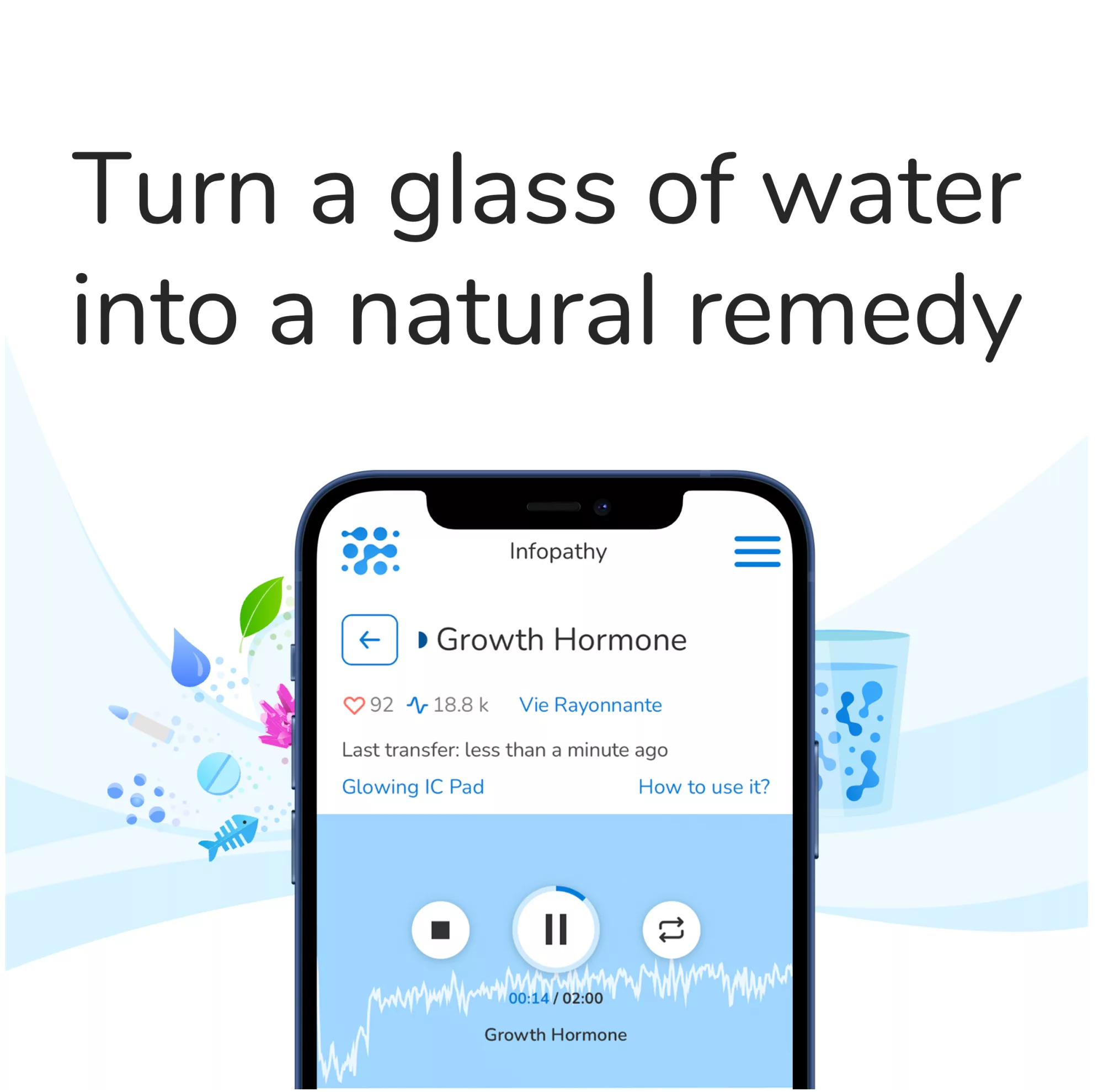While medications and lifestyle changes have been shown to lower blood pressure, complementary and alternative medicine (CAM) therapies also appear promising in terms of blood pressure reduction. Examples include dark chocolate, coenzyme Q10, qi gong (a form of slow movement and deep breathing) and meditation.
Reduce sodium consumption and increase consumption of fruits, veggies, whole grains and low-fat dairy to help lower high blood pressure. Dietary changes like these may help.
Acupuncture
Hypertension is an international health concern and one of the primary contributors to cardiovascular disease, costing society both in medical expenses and productivity losses. Furthermore, it’s often overlooked because its symptoms often remain undetected until after it has caused damage [1].
Many individuals suffering from hypertension turn to complementary/alternative therapies in an effort to control their blood pressure, yet very few clinical studies have been done on the efficacy of acupuncture for this condition. Based on extensive electronic literature searches, this review summarizes available data. Various herbal and non-herbal remedies, supplements and treatments have been tested in clinical trials with some showing antihypertensive effects; however their effect sizes tend to be modest with no independent replications being done at this point; among them being garlic, autogenic training, biofeedback and yoga as potential promising approaches for controlling hypertension.
Although acupuncture can be an effective treatment for hypertension, it’s essential to find a licensed practitioner with extensive education and training who has been certified by their state board of licensing, health or education. Research shows acupuncture helps lower blood pressure by altering neurohormones responsible for stress regulation and inflammation reduction.
Acupuncture may also help in relieving anxiety, another key risk factor for high blood pressure. Research shows that it reduces cortisol levels associated with hypertension; patients undergoing acupuncture reported less stress and higher moods compared to those who didn’t undergo treatment. Massage therapy has been found to be an effective alternative treatment; one study discovered those receiving massage had decreased systolic blood pressure as well as higher epinephrine levels associated with increased heart rates than those who hadn’t.
Massage
Research shows that massage can be an effective form of treatment for high blood pressure in prehypertensive individuals, particularly when combined with diet, weight loss strategies, smoking cessation plans and medication. While massage should never replace other forms of medical therapy for high blood pressure management, it can serve as part of an overall plan to lower it more quickly. Those living with hypertension should consult their healthcare provider prior to adding massage therapy into their regimen and follow any advice provided regarding exercise, diet, weight loss plans or smoking cessation methods that have been provided from healthcare providers regarding exercise, diet and weight loss plans as well as medication regimens as recommended by healthcare providers – before adding massage therapy as part of any overall plan or plan that includes massage therapy as part of their overall plan to help manage high blood pressure reduction.
Massage has long been recognized for increasing circulation, which in turn benefits various body functions including blood pressure. Furthermore, massage therapy helps alleviate stress while decreasing production of stress hormones that could contribute to hypertension.
Studies conducted on prehypertensive patients demonstrated that massage significantly lowered both their systolic and diastolic blood pressures, along with their resting heart rates, making a noticeable impactful reduction. Swedish massage was employed within clinical settings with participants’ BP measured before and after each massage session; then they were followed up 72 h later to assess its durability.
Massage therapy can also be an excellent alternative therapy for hypertension as it can reduce fluid build-up in the body that leads to complications like edema and swelling, helping maintain healthier blood pressure levels overall. Massage may also assist in improving sleep which is key in maintaining balanced blood pressure levels.
Gentle massage techniques should be utilized when providing treatment to those suffering from hypertension. Light gliding strokes and circular pressure applied directly to the body may provide optimal results. Intense or vigorous techniques could temporarily increase blood pressure.
Diet
Exercise and diet, various alternative therapies may also be effective at lowering blood pressure. These include diuretics – which help remove salt and water from your body by encouraging kidneys to expel more urine; herbal remedies as natural diuretics; biofeedback, yoga or similar mind-body practices which have not yet been scientifically tested; and mind-body practices such as biofeedback. Before undertaking these therapies it is advisable to speak to a medical provider first.
Hypertension, or high blood pressure, is a prevalent condition whereby narrowed blood vessels increase pressure on their walls and cause them to expand more than is comfortable for you. Hypertension is one of the primary risk factors for cardiovascular disease and affects approximately 800 million people globally; its impact can be felt across every aspect of life and society. For effective treatment to take place and achieve systolic blood pressure below 130mmHg and diastolic blood pressure beneath 80 mmHg respectively is optimal; alternative treatment methods may involve taking diuretic drugs like thiazides/other diuretic drugs/ACE inhibitors/angiotensin II receptor blockers/angiotensin II receptor blockers/angiotensin II receptor blockers etc.
Many patients arrive to their physician appointments bringing various “natural” products they have tried to lower their blood pressure. While it can be hard to ascertain their efficacy, homeopathic remedies may provide some relief for some individuals suffering from high blood pressure. A homeopath will take into account each person’s physical, emotional and intellectual makeup when selecting their remedy; some common ones include argentum nitricum for people who get nervous easily or suffer claustrophobia and kali muriaticum for those prone to hyperventilation.
Many patients living with hypertension are aware that making lifestyle changes such as following a low-salt diet, being physically active and maintaining a healthy weight are key components to controlling blood pressure effectively. Unfortunately, even after making these lifestyle changes, many still need medication to control their blood pressure – according to one recent study, 10% of hypertensive patients require up to three medications to effectively control their blood pressure.
Exercise
Exercise can help those living with high blood pressure to keep it under control. The American Heart Association suggests at least 30 minutes of moderate physical activity such as walking each day for at least 30 minutes to maintain healthy weight loss and lower your blood pressure, such as brisk walks. Consult your physician before beginning an exercise regime or changing an existing one.
Exercise may help decrease your need for medication by lowering blood pressure and improving lipid and glucose levels, but medications may still be necessary in some instances. If taking medications to treat high blood pressure, be sure to follow all recommended doses precisely, while also limiting salt and alcohol consumption as much as possible.
Alternative approaches — such as aerobic exercise and dynamic resistance training — have been shown to lower blood pressure, making them effective adjunctive therapies to traditional medical therapies and diet for hypertension, according to a scientific statement published April 22 in Hypertension. Evidence supporting such approaches includes yoga, different styles of meditation, biofeedback methods, acupuncture treatments and device-guided slow breathing devices; though their potential benefits are likely modest.
The American Heart Association advises adults with hypertension to combine lifestyle and pharmacological therapies in order to lower their blood pressure, such as exercise and medications. When combined together they yield greater reductions than either treatment alone; however there is currently insufficient evidence on whether their combined therapy acts additively or synergistically.
Table 1 highlights current professional exercise recommendations which reflect the strength of evidence supporting aerobic and dynamic resistance training as effective ways to lower systolic blood pressure, but more research needs to be conducted into which patient populations and features of dynamic resistance training programs would provide maximum BP reduction benefits.
Meditation
As hypertension levels escalate over time, stress levels also increase and can put additional strain on the heart. Studies have demonstrated the effectiveness of meditation as a method to lower both stress levels and blood pressure – one 2015 meta-analysis discovered mindfulness meditation’s positive results on both systolic and diastolic blood pressure measures compared to traditional forms of therapy. You can practice on your own or with others. Chanting, transcendental meditation and breathing exercises may all help. Practicing regularly will have its best effect.
Visualization and compassion-based meditation may also help you foster more positive feelings towards yourself and others, including loved ones. Compassion-based meditation involves sending love, well-being and health wishes to loved ones while practicing compassion-based meditation can release negative feelings such as anger or resentment that lead to high blood pressure levels.
A study published in “The Lancet” discovered that mindfulness-based stress reduction (MBSR) meditation could significantly lower both systolic and diastolic blood pressure (BP), among people with prehypertension or mild to moderate hypertension. Participants attended group sessions led by trained instructors for two and a half hours per week as well as practicing an hour per day at home for 12 weeks; average systolic BP decreased by an average of 4.4 points while diastolic dropped an average of 1.4 points over this time period.
Mind-body therapies such as yoga and relaxation techniques may offer some promise in lowering blood pressure, though more research must be conducted in this field to assess their efficacy. Mind-body therapies have less stigma than some traditional treatments such as medications and may be more widely accepted among individuals of diverse cultures. Future studies should follow CONSORT recommendations on inclusion/exclusion criteria, blinding, randomization and control treatments to ensure optimal results.








